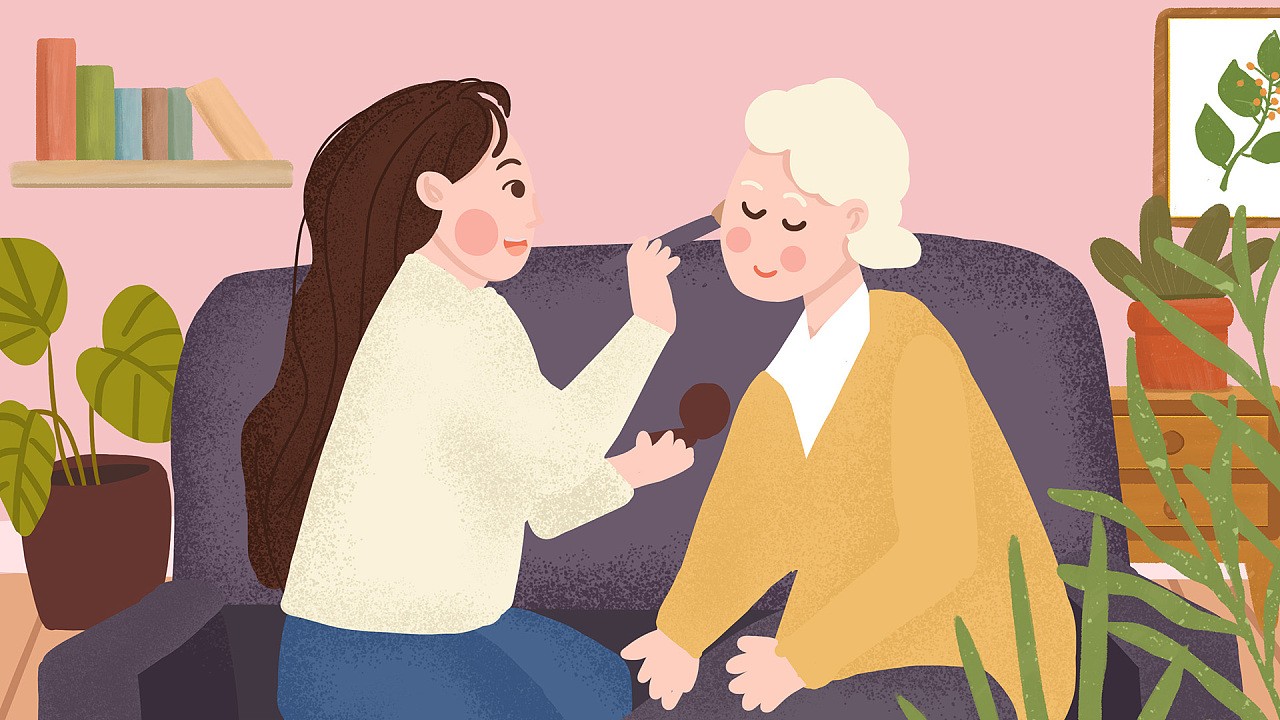The sound of the hearing aid does not sound true, it may be for these reasons!
The hearing aid changes the normal ear canal resonance function, so that the hearing loss of friends hearing their own voice has changed, and sometimes this change makes them difficult to accept. The difference between the heaviest vowel and the lightest consonant in normal speech is about 28 dB. Since the hearing aid blocks the ear and changes the original listening mode, the wearer only accepts his own voice to receive the hearing aid. The acoustic response is very demanding.

If you want to change the ear canal resonance or move the formant up, you can take ① to enlarge the vent; ② use the external vent; ③ to polish the ear mold ear to make it thin; ④ shorten the ear mold or the ear canal of the hearing aid.
Most of the problems are related to low frequency, such as echo, sound cavity, feeling of blocking the ear, distortion or like a cold, etc., all suggest that the low frequency is too much, ① then you can shorten the ear canal or the ear canal of the hearing aid or A large vent; ② use a low-frequency control potentiometer to adjust the sound or replace the damper; ③ blocking the vent from the ear canal of the hearing aid can reduce the resonant cavity of 500Hz more than blocking from the external panel. When the user complains that some of the sounds are harsh, the range between the discomfort threshold and the most comfortable threshold on the audiogram needs to be checked to determine if the gain of the hearing aid is appropriate.

The opposite problem with the above is that the high frequency is amplified too much, and the hearing impaired describe that the sound they hear is too sharp, too harsh or unnatural. At this time, you can: ① reduce the vent; ② turn the volume down or replace the damper; ③ make a more suitable ear mold; ④ replace the receiver or microphone with a lower frequency response. If you reduce the receiver tube or use some kind of ear-proof device, the low-frequency gain will increase.
If the hearing impaired feels very boring, like a bucket on the head, or like being in an empty room, the hearing aid output is too large. If there is no output restriction regulation, you can use a wool thread or the like in the receiver tube. Or inside the ear hook. If the hearing impaired feels that the sound of their throat is very harsh, you can ① shorten the catheter so that it does not exceed the end of the hearing aid or ear mold; ② turn the volume up; ③ thin the back and bottom of the ear canal because of the oppression of the vagus nerve It can also lead to blockage. I feel that the chewing sound is too large to enlarge the vent hole and shorten the length of the ear canal; if it feels very blocked, it needs to increase the gain of about 1000 Hz, which also indicates that the gain of the hearing aid is not enough.
Background noise
Listening to the speaker's voice in a noisy environment requires constant training. If both ears are damaged and only one hearing aid is worn, it is even more difficult. The binaural listening can maintain the balance between the maximum output and the most comfortable threshold. Has the following advantages: ① improve the signal to noise ratio; ② can identify the direction of the sound source; ③ allow the total gain to decrease; ④ sum effect. If it is worn by a single ear, improve the hearing: ① to increase the frequency response; ② reduce the low frequency gain, use the vent, volume potentiometer or gain control button; ③ reduce the volume in the noise environment; ④ reduce the background if necessary Noise needs to modify the line.
Wearing comfort
The discomfort of the hearing aid case or the ear mold can be divided into two situations. One is that after a long time of wearing, it can be discomforted with a little modification. The other is that it feels uncomfortable immediately after wearing, reminding the user to completely cure the ear before wearing. Department of disease. Observe the location and extent of discomfort, and make a record and, if necessary, redo the ear impression.
Distortion
Resonance distortion sounds like a broken speech in the broadcast. It often happens that the receiver tube is not tightly connected to the sound hole, so it is easy to generate internal howling. The frequency response, gain and output will change. Intermodulation distortion is speech and speech. The music sounds harsh, like a distorted mirror, the low frequency sounds like a tumultuous sound, and the high frequency is a harsh metal sound, which causes "listening to fatigue", because it appears in the compound sound, so The standard hearing device can't be detected, but the human ear can hear it. Using a filter or damper can reduce its occurrence; the instantaneous distortion sounds like a whistle, which can be heard by the human ear. It is generated by the inertia of the microphone and the receiver. , masking the details of speech and music, harmonic distortion depends on the power of the hearing aid, its measurement can be determined according to the position of the volume control button, 1% harmonic distortion is measurable, 3% can be accepted, harmonic Distortion is obvious when listening to music without listening to words.
Line noise
Line noise can be heard when a hearing impaired person wears a linear amplified hearing aid or a high gain high output hearing aid or when the components of the hearing aid do not match, which is more common in automatic signal processing lines. The way to avoid it is to replace other lines.
category
